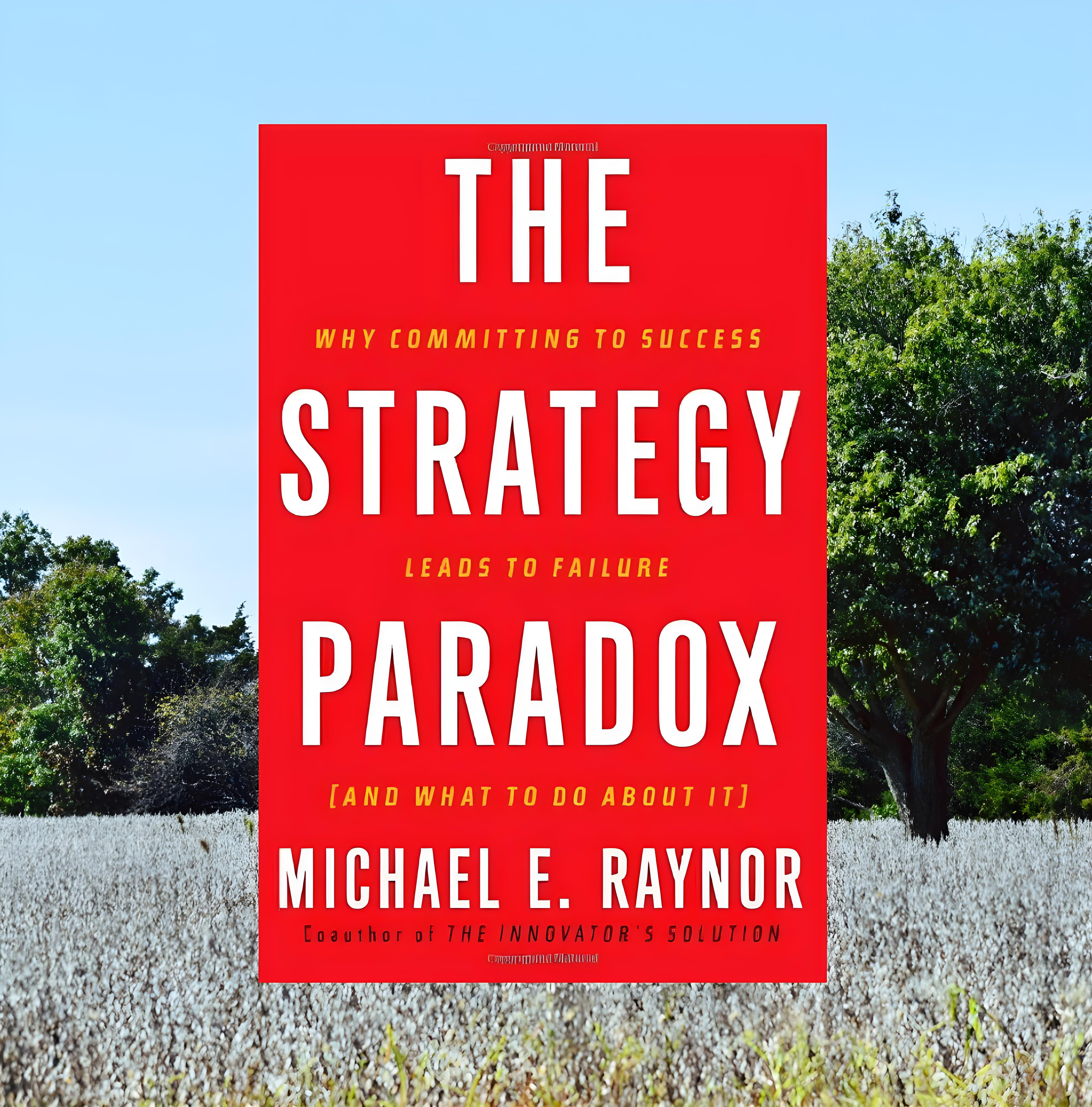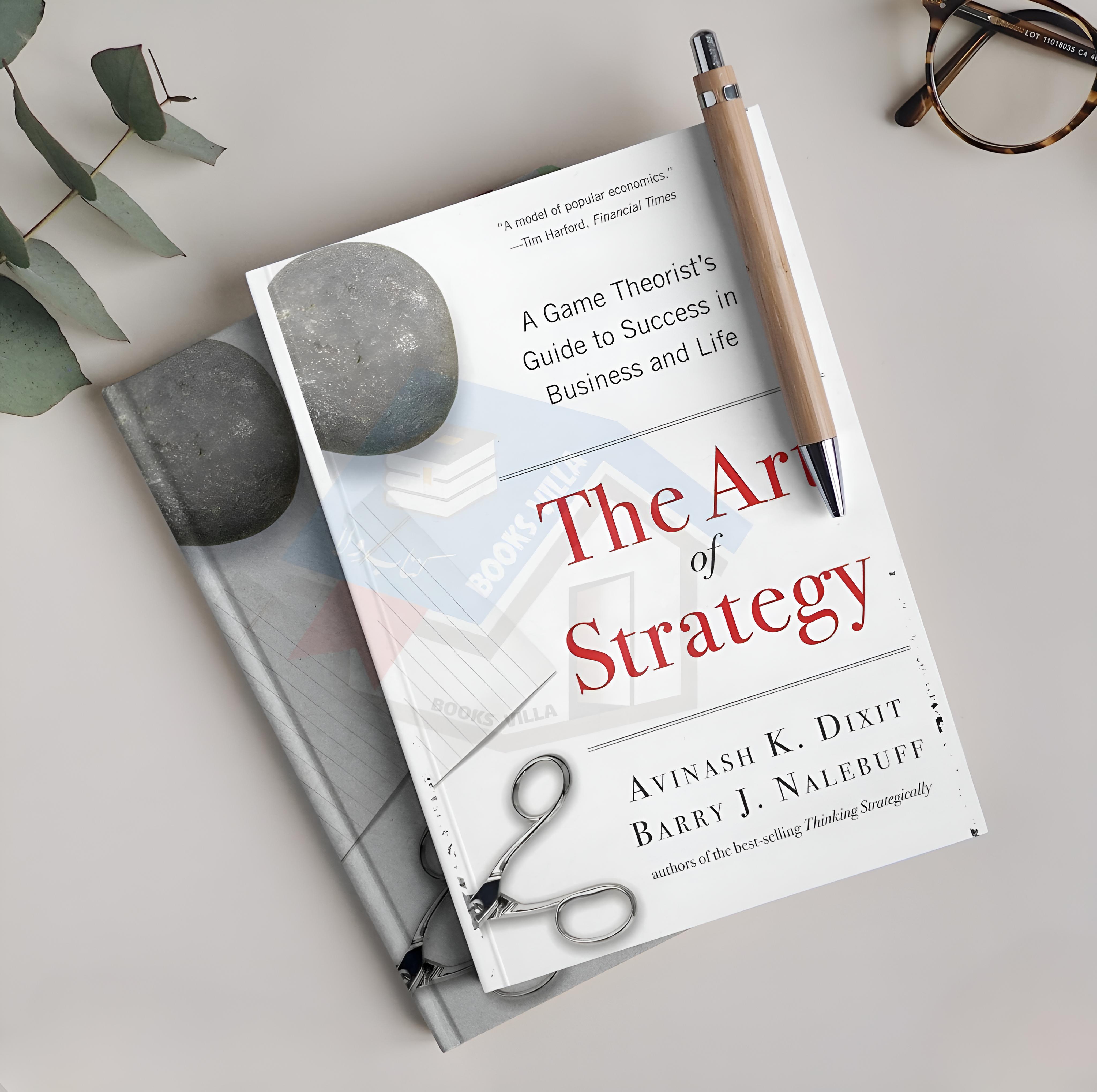Back
SHIV DIXIT
CHAIRMAN - BITEX IND... • 1y
📖 DAILY BOOK SUMMARIES 📖 🔗 DIRECT FREE E-BOOK DOWNLOAD LINK AVAILABLE — https://drive.google.com/file/d/1Pn3r592Jdvqvb9jF5v7qRc3TodXJDWut/view?usp=drivesdk 🔥 The Strategy Paradox 🔥 🚀 20 Lessons 👉 ✨ By Michael E. Raynor ✨ 1. The Strategy Paradox • Success in strategy requires commitment, but this same commitment exposes organizations to risk if assumptions fail. 2. Uncertainty in Strategy • Strategic decisions often depend on uncertain future events, making long-term plans inherently risky. 3. Failure of Best Practices • Following "best practices" doesn't guarantee success; what works for one company may fail for another. 4. Balancing Commitment and Flexibility • The key is balancing the need for commitment with the ability to adapt when circumstances change. 5. Deliberate Strategy vs. Flexibility • Committing to a specific strategy is necessary for focus, but flexibility allows for adjustments in volatile environments. 6. Strategic Uncertainty • Uncertainty arises from factors like market dynamics, technological changes, and customer preferences. 7. Examples of Strategic Success and Failure • Case studies like Sony's Betamax and Microsoft's Windows illustrate how commitment can lead to success or failure. 8. Managing Risk in Strategy • Companies should actively manage strategic risks rather than avoiding them or committing blindly. 9. Options Thinking • Incorporate options thinking, where organizations invest in multiple potential paths to reduce the risk of failure. 10. Decentralized Decision-Making • Empowering lower-level managers allows organizations to adapt strategies based on real-time information. 11. Scenario Planning • Use scenario planning to anticipate various future outcomes and prepare for them. 12. Strategic Flexibility • Build flexibility into organizational processes to respond effectively to unforeseen challenges. 13. Role of Leadership • Leaders must embrace uncertainty, make calculated bets, and manage the trade-offs between risk and reward. 14. Visionary vs. Adaptive Leadership • Visionary leaders commit to bold strategies, while adaptive leaders focus on navigating uncertainty. 15. Resource Allocation • Allocate resources to both core strategies and backup plans to mitigate risks. 16. Learning from Failure • Organizations should view failure as an opportunity to learn and refine their strategies. 17. Strategic Trade-offs • Understand and manage trade-offs between risk, reward, and flexibility when formulating strategies. 18. Role of Corporate Governance • Boards and executives should ensure a balance between long-term commitments and adaptive capabilities. 19. Case Study Insights • Examines companies like Johnson & Johnson, showing how strategic flexibility supported long-term success. 20. Actionable Takeaways • Businesses should embrace uncertainty, diversify strategic bets, and cultivate an organizational culture of adaptability.

More like this
Recommendations from Medial
Sandip Kaur
Hey I am on Medial • 1y
Embracing the Unknown: How Uncertainty Can Be Your Best Business Ally Uncertainty is often seen as a threat, but what if it’s actually an advantage? Here’s why embracing the unknown can fuel your success: 1. Sparks Innovation: Uncertainty forces you
See MoreDownload the medial app to read full posts, comements and news.
































